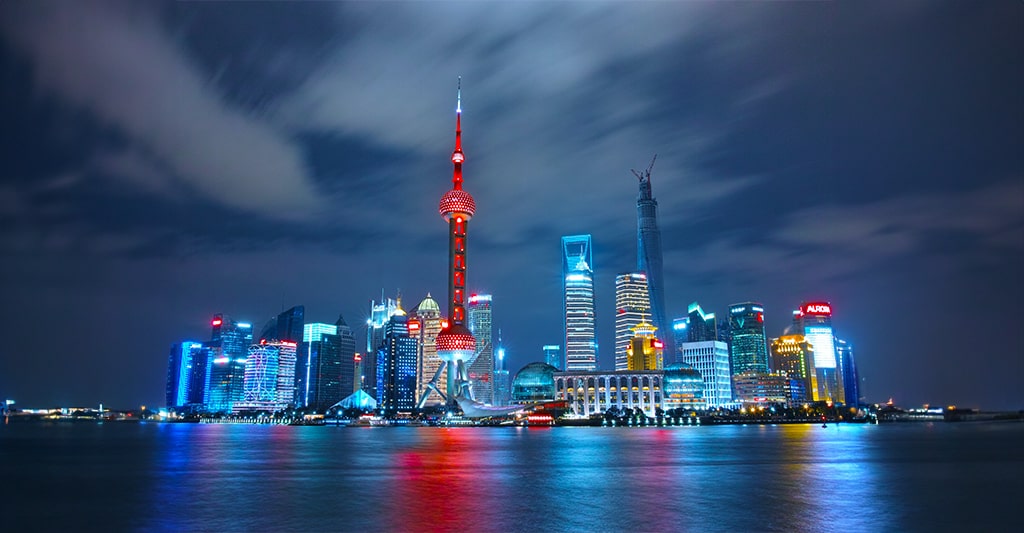
Will the United States Steer Clear of a Recession?
As the United States grapples with economic uncertainties and global challenges, the looming question on the minds of economists, policymakers, and citizens alike is whether the nation will successfully avoid a recession. With a complex interplay of factors at play, ranging from pandemic recovery to inflation concerns, understanding the economic landscape becomes crucial in forecasting the trajectory of the U.S. economy.
Pandemic Recovery and Resilience
The aftermath of the COVID-19 pandemic has left a profound impact on the global economy, and the United States is no exception. The nation’s ability to rebound from the economic shocks induced by the pandemic has been remarkable. Aggressive vaccination campaigns, fiscal stimulus packages, and monetary policy adjustments have contributed to a robust recovery, reflected in strong GDP growth and declining unemployment rates.
Inflationary Pressures: A Cause for Concern?
While the recovery has been notable, inflationary pressures have emerged as a significant concern. The rapid rebound in demand, supply chain disruptions, and increased commodity prices have collectively contributed to rising inflation. As prices of goods and services escalate, there is growing speculation about the potential long-term impact on consumer spending, business investment, and overall economic stability.
Labor Market Dynamics
A critical component of the economic landscape is the state of the labor market. While unemployment rates have decreased, there are lingering challenges such as labor shortages and the so-called “Great Resignation.” The ability of businesses to attract and retain talent, coupled with wage growth trends, will play a pivotal role in shaping the economic outlook.
Monetary Policy and Interest Rates
The Federal Reserve’s approach to monetary policy and interest rates is a key determinant of economic stability. The central bank faces the delicate task of balancing inflationary pressures with the need to support economic growth. Any sudden shift in interest rate policies could influence borrowing costs, impacting consumer spending and business investments.
Global Economic Headwinds
The interconnectedness of the global economy means that the United States is not immune to external challenges. Issues such as supply chain disruptions, geopolitical tensions, and the potential for global economic slowdowns pose risks to the U.S. economic landscape. How well the nation navigates these external pressures will influence its ability to avoid a recession.
Fiscal Policy and Infrastructure Investment
Government policies and fiscal decisions play a crucial role in economic outcomes. The ongoing discussions about infrastructure investment, fiscal stimulus measures, and budgetary decisions will shape the trajectory of the U.S. economy. The implementation of effective policies could provide a buffer against recessionary pressures.
Conclusion: Navigating Uncertainties with Vigilance
In the face of these multifaceted challenges, the United States stands at a crossroads. The nation’s ability to navigate inflationary pressures, address labor market dynamics, and respond to global economic shifts will determine whether it can sidestep a recession. Vigilance in policymaking, flexibility in monetary strategies, and a resilient approach to external challenges will be crucial in shaping the economic future of the United States.
As the nation watches economic indicators and policymakers make critical decisions, the question remains: Will the United States successfully avoid a recession, or will it be a test of the nation’s economic resilience in the face of uncertainty? Only time will reveal the outcome, but the watchful eyes of economists and citizens alike remain focused on the evolving economic landscape.




